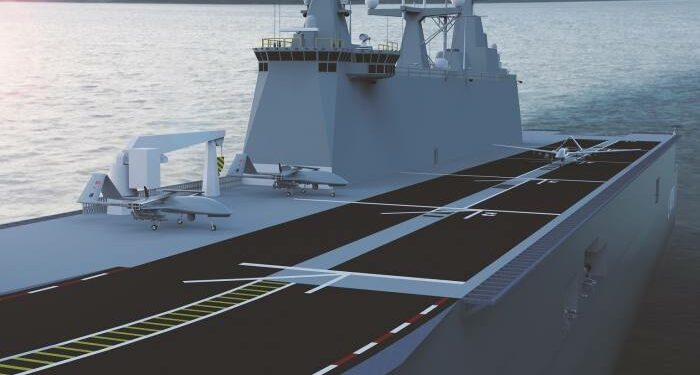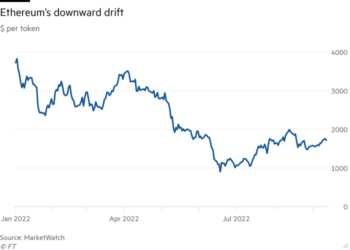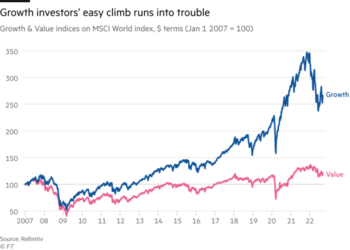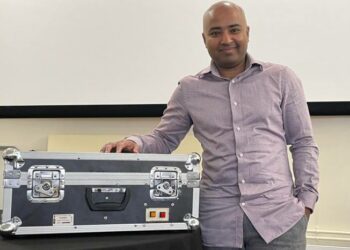A new baby lemur that was born at Kyiv Zoo in Ukraine’s capital has been named “Bayraktar”, mayor and former heavyweight boxing champion Vitali Klitschko announced in a Telegram post earlier this month.
The stripy-tailed lemur has been named after the Turkish-made drone that is under the global spotlight once again for its battlefield success. As in Azerbaijan, Syria and Libya, videos of the armed Bayraktar TB2 taking out Russian tanks, armoured vehicles and surface-to-air missile defence systems have been widely shared on social media.
Bayraktar is the name of the family behind Baykar Defense, the drone’s manufacturer. Chief technology officer Selcuk Bayraktar is the son-in-law of Turkey’s president Recep Tayyip Erdogan.
While the Turkish drones might not ultimately fend off a prolonged Russian assault, the fact that they have inflicted pain on invading convoys has surprised military analysts. Although the TB2 wiped out Armenian tanks in Azerbaijan in 2020, experts had doubts about whether the drone could also succeed against a modern military like Russia’s.
This is expected to be a boon for the company’s sales down the road. Since the drone was first exported to Qatar in 2018, the TB2 has secured 19 export deals, including Turkmenistan and Kyrgyzstan. Six new deals have been added in the past three months alone.
Now the Turkish drone industry has set its eyes on Asia.
“China will not be willing to sell drones to many Asian countries in its neighbourhood and we are providing those countries [with] a better option,” Haluk Bayraktar, the chief executive of Baykar Defense and older brother of Selcuk, told Nikkei Asia. “They are showing much interest.”
Baykar is currently working on a next-generation TB3 drone that can take off and land from aircraft carriers, landing helicopter docks (LHDs) or LHD-class vessels. It plans to unveil the first TB3 in 2022 before the TCG Anadolu, Turkey’s first LHD-class vessel, is commissioned by the end of the year.
Ismail Demir, Turkey’s top official overseeing the defence industry, told local media that the TCG Anadolu would be designed to hold 50 to 110 drones, depending on the configuration.
Haluk Bayraktar sees the potential for drone customers in Asia.
“The upcoming TB3 will be a great fit for Japan’s Izumo-class platforms,” he said, referring to the country’s multipurpose destroyer, which analysts call a de facto aircraft carrier. The drone’s folded wings will enable a carrier to hold more of them than fixed-wing aircraft.
“Japan should obtain armed drones as soon as possible,” he added.
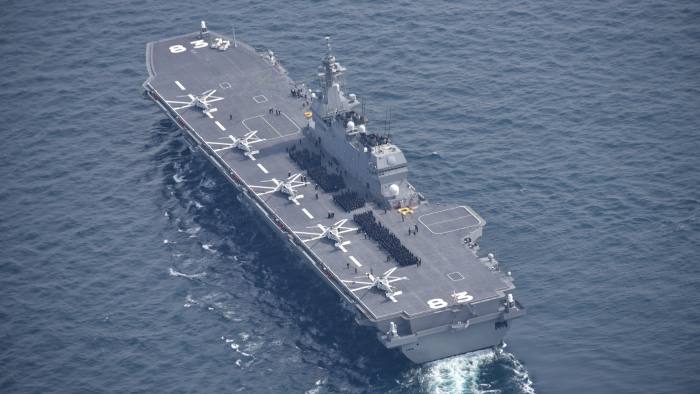
Baykar is not the only Turkish drone maker. Turkish Aerospace Industries (TAI), another major defence company, reached a basic agreement with Kazakhstan in November for its Anka drones.
At the end of March, TAI will attend the 17th Defence Service Asia Exhibition and Conference in Kuala Lumpur, Malaysia, where it will compete with countries such as China and the US to win tenders for drones.
Sensing an opportunity, TAI opened an office in Selangor last November, on the outskirts of Kuala Lumpur. This is part of a push into Asian markets. Last month, the company opened a large booth at the Singapore Airshow, exhibiting its drone tech and other key products.
The Aksungur, TAI’s next-generation armed drone, which joined the Turkish military’s inventory last year, can fly for 50 hours and features sonobuoy options, which are rare for a drone. Equipped with advanced detectors and sensors, it can perform anti-submarine warfare and maritime patrolling missions — a good fit for Indo-Pacific countries.
Ozgur Guleryuz, chief executive of STM, another Turkish defence contractor, told Nikkei Asia his company would attend the defence exhibition in Malaysia with a range of products, including the Kargu rotary-wing attack drone.
“We see interest toward our loitering munitions, including Kargu, from Asia and are currently in contact with various Asian countries,” Guleryuz told Nikkei Asia.
In July, STM announced its first Kargu exports to an unspecified country. The drone has been used by the Turkish army since 2018.

Meanwhile, Oryx, a blog that covers the international defence sector, has reported that both Malaysia and Indonesia are interested in Turkish drones. One of its authors, Stijn Mitzer, in January wrote that Indonesia is believed to be considering landing platform helicopter vessels (LPHs) for the upcoming decade and that the Bayraktar TB3, with its foldable wings, could “provide Indonesia with its first [unmanned] aircraft carrier”.
Mitzer said the combination of the low-cost LPHs and drones “could open up entirely new possibilities for the Indonesian Navy”.
If Indonesia were to buy Baykar’s Akinci or TAI’s Aksungur drones, it would provide the south-east Asian nation “a long-range strike asset”, he added.
Lalu Muhamad Iqbal, Indonesia’s ambassador to Ankara, told a Turkish defence industry website in November: “We are talking about the possibility of acquiring drones from Turkey. We hope co-operation not to be limited to supply only, but [to] also secure technology transfer and inclusion for future drone programs.”
Combat-tested Turkish drones — with a no political strings attached export policy — are helping Turkey to advance its drone sales, according to Arda Mevlutoglu, an independent defence industry analyst. Also popular with clients is Turkey’s openness to sharing some technology via joint production options, he added.
All eyes, meanwhile, are on Ukraine.
Can Kasapoglu, director of the security and defence studies programme at leading Turkish think-tank Centre for Economics and Foreign Policy Studies (EDAM), said video footage suggested Ukraine was using the drones mainly to hit Russian supply lines to disrupt their operation.
He noted that with Ukraine’s current inventory of drones, reportedly around 20 units, they cannot stop large armoured divisions or brigades alone.
“Had Ukraine operated large numbers of Akinci, equipped with heavier munitions, it could have played out differently,” Kasapoglu said, referring to Baykar’s next-generation upgraded drones. With a wingspan of 20 metres, the Akinci can fly as high as 40,000 feet and carry a total payload of 1.5 tons, including weapons, cameras and sensors, which is 10 times more capacity than the TB2.
Haluk Bayraktar told Nikkei Asia that the Akinci was taking Baykar’s capabilities to the class of US MQ-9 Reaper drones. Even better than that, he claimed, noting that the company’s new drones were equipped with superior artificial intelligence.
The TB2 has a maximum airtime of 27 hours and can fly at an altitude of 25,000 feet, carrying laser-guided locally produced bombs. Baykar has said the company exported $664mn worth of armed and unarmed drones last year.
A western competitor of Baykar told Agence France-Presse that the TB2 was comparable to the AK-47 rifle. “Turkey has reinvented the Kalashnikov of the 21st century,” the competitor said, referring to the famous Soviet rifle that became a mainstay weapon of choice for many conflicts around the world.
A Baykar source told Nikkei Asia that the TB2 had accumulated 430,000 flight hours. Especially after the Azerbaijan-Armenia war in 2020, when the Azerbaijani army used precision strikes daily during the 44-day war, many Asian countries have shown interest in the drones, the source said.
A version of this article was first published by Nikkei Asia on March 8. ©2022 Nikkei Inc. All rights reserved.
Related stories
-
Turkish defence company says drone unable to go rogue in Libya
-
Turkey plans drone-heavy roadshow in display of future warfare


